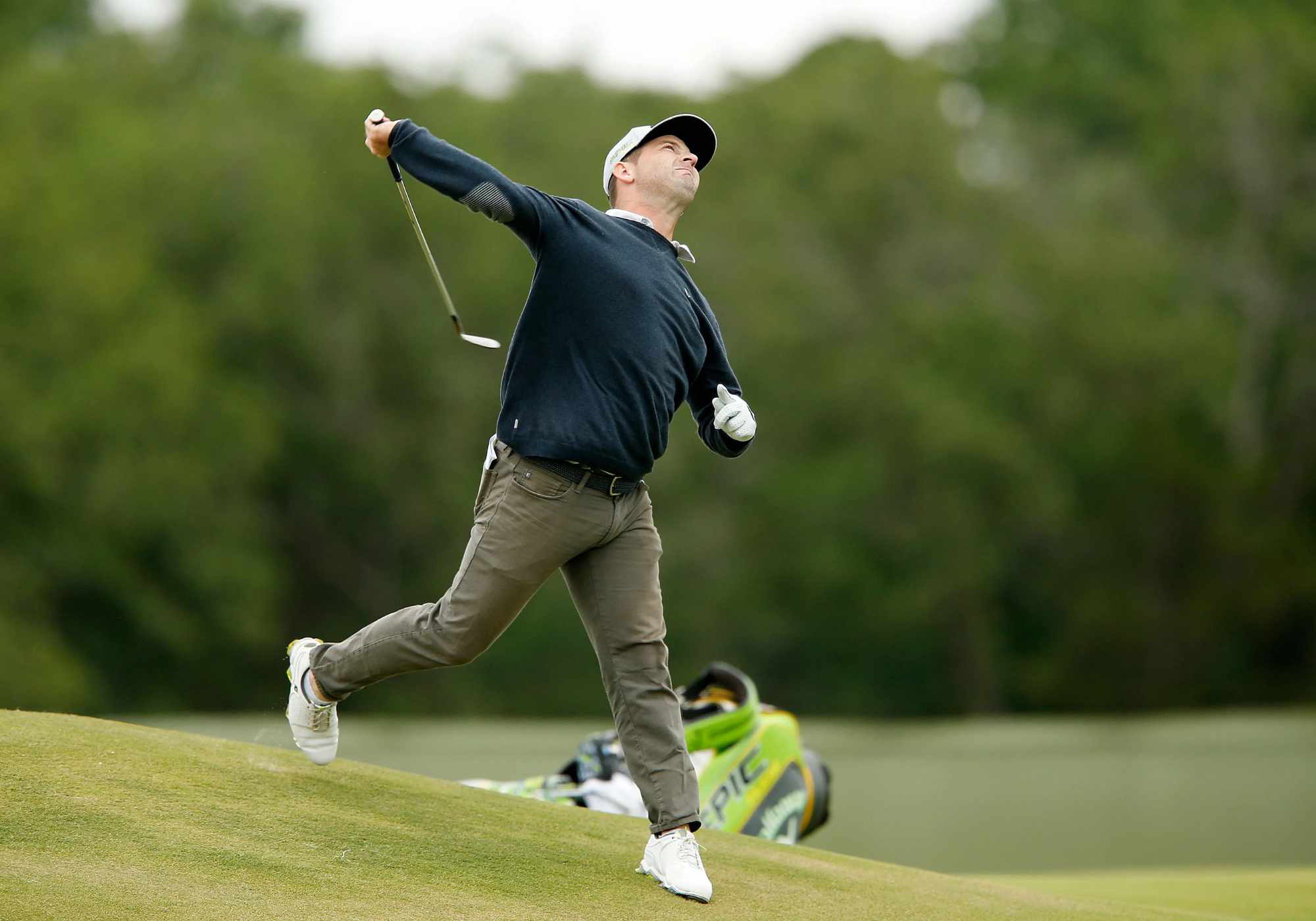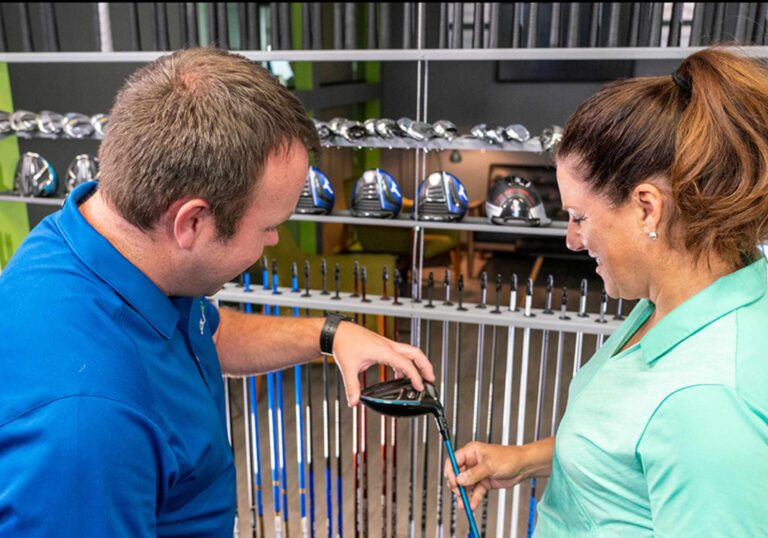Let’s face it – golf is hard. It doesn’t care if you’re athletic, determined, or coming off a great range session. But the beauty of the game is that it rewards smart practice and better habits. If you’re a beginner looking to play better, shoot lower scores, and actually enjoy your time on the course, avoiding a few common mistakes can make a big difference.
Here are the most frequent pitfalls new golfers fall into — and what to do instead.
Trying to Kill the Ball
The mistake: Swinging out of your shoes in an effort to “crush it,” especially with the driver. It feels powerful, but often leads to off-center contact, topped shots, or wild slices.
The fix: Focus on solid contact, not swing speed. A smooth, balanced swing that finds the center of the face will go farther than a violent one that doesn’t. Try swinging at 70–80% effort and work on rhythm instead of brute force. Trust that good mechanics beat aggression every time.
Skipping Short Game Practice

The mistake: Spending all your time at the range pounding full shots while neglecting chipping and putting — where most strokes are gained or lost.
The fix: Devote at least half your practice time to the short game. You don’t need fancy equipment or endless hours. Just grab a few balls and:
- Practice three to six foot putts
- Chip to different targets
- Work on bump-and-run shots with a 7 iron or wedge
Getting up and down from around the green is one of the fastest ways to lower your score.
Playing from the Wrong Tees
The mistake: Starting from tees that are too long “because that’s what everyone else does.” This turns golf into a grind and can kill your confidence before you hit the back nine.
The fix: Play from a distance that fits your skill level. If your average drive is 180–200 yards, you should be playing from around 5,000–5,500 yards total. You’ll have more fun, hit more greens, and avoid marathon par-5s that feel like par-7s.
Not Understanding Club Selection
The mistake: Hitting a 6-iron from 160 yards because that’s what your buddy hits — instead of knowing your own carry distances.
The fix: Learn how far you hit each club — not just in ideal conditions, but on average. A $30 range session with a basic launch monitor (or just tracking real results on the course) can go a long way. Write down your yardages, or keep them in your phone. Then use that info to make smarter, more confident decisions on the course.
Bad Posture and Setup

The mistake: Standing too upright, bending at the waist, reaching for the ball, or crowding the club. A poor setup leads to swing flaws before the club ever moves.
The fix: Nail the basics:
- Bend from the hips, not the back
- Let your arms hang naturally
- Slight knee flex — not a squat
- Weight balanced over the balls of your feet
Good posture sets the stage for a repeatable swing. Check yourself in a mirror or record your setup at the range.
Using Equipment That Doesn’t Fit
The mistake: Playing with hand-me-down clubs that are too long, too stiff, or completely wrong for your body type and swing speed.
The fix: You don’t need a $2,000 custom fit, but you do need clubs that generally fit you. Even a basic fitting or visit to a golf store can help you find:
- The right shaft flex
- Proper grip size
- A forgiving clubhead style (hello, cavity backs)
Beginner-friendly equipment makes golf feel easier — not harder.
Letting One Bad Shot Spiral

The mistake: Getting in your head after a chunked wedge or sliced drive, and carrying that frustration to the next five holes.
The fix: Golf is a game of recovery. Even the pros hit bad shots — the difference is they let it go. Try this mindset: “Every shot is its own round.” Reset before each swing. Smile if you can. Laugh at the bad ones. The sooner you move on, the better your next shot will be.
Not Asking for Help
The mistake: Trying to figure everything out yourself. YouTube tips can be great, but they can also lead to information overload or confusion.
The fix: A quick session with a local pro — even just one or two lessons — can save you months of frustration. Ask questions. Get feedback. A trained eye can catch something in 30 seconds that might take you 30 rounds to realize on your own.
Final Thoughts
Every golfer makes mistakes — especially at the beginning. The key is not avoiding them altogether, but learning from them and adjusting. If you can slow down, focus on the fundamentals, and stay patient, the game becomes a lot more enjoyable.
So don’t sweat the topped shots or the occasional three-putt. They’re all part of the ride. Just remember: everyone starts somewhere — and you’re already ahead of the game by learning what not to do.
